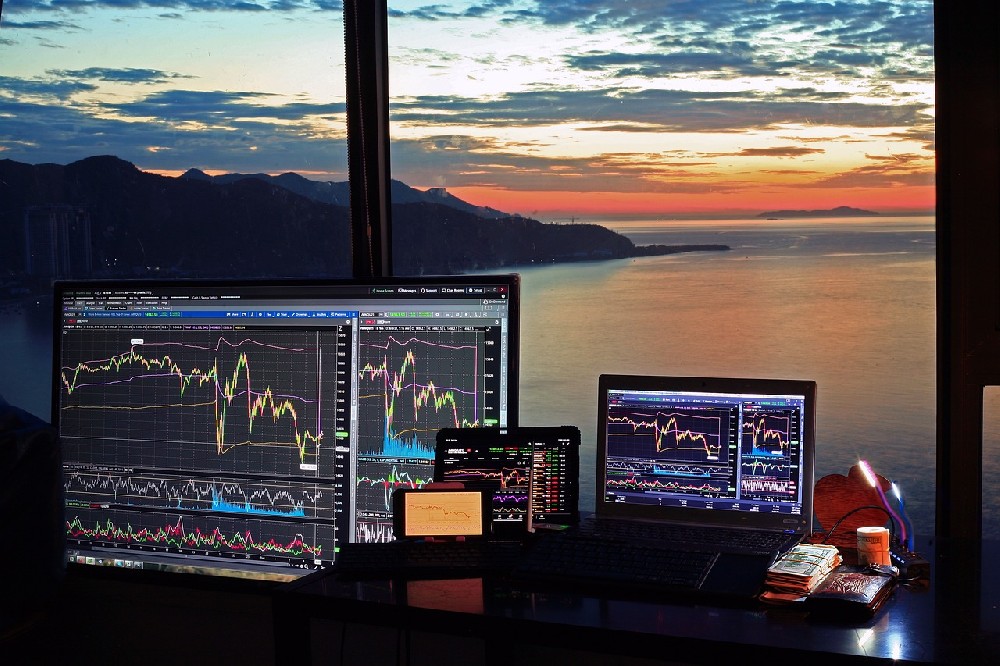Futures trading is a form of financial speculation that involves buying and selling contracts that represent the future delivery of an asset, such as a commodity, a currency, an index, or a stock. Futures traders aim to profit from the price movements of the underlying asset, without actually owning or delivering it.
However, futures trading also involves significant risks, as the price of the underlying asset can fluctuate unpredictably and rapidly. Therefore, traders may face continuous losses in futures trading if they do not have a proper risk management strategy, a sound trading system, or a disciplined trading psychology. Some of the factors that can contribute to continuous losses in futures trading are:
l Leverage: Futures allow traders to control a large amount of the underlying asset with a small amount of money, called the margin. This means that traders can magnify their profits, but also their losses, with a relatively small capital. Leverage can lead to continuous losses in futures trading if traders overtrade, use excessive leverage, or do not have enough margin to cover their positions.
l Liquidity: Futures are traded on regulated exchanges, such as the CME Group or the Intercontinental Exchange, where there is a high volume and activity of buyers and sellers. This means that traders can easily enter and exit positions, without facing significant price slippage or delays. However, liquidity can also lead to continuous losses in futures trading if traders trade during illiquid hours, such as holidays, weekends, or late-night hours, when the liquidity and volatility are low and the risk of price gaps and slippage are high.
l Hedging: Futures can be used to hedge the risk of adverse price movements of an asset, by taking an opposite position in a related asset. For example, a trader who owns stocks can buy stock index futures to hedge their equity risk, and protect themselves from the risk of falling stock prices. However, hedging can also lead to continuous losses in futures trading if traders hedge incorrectly, over-hedge, or under-hedge their positions.
l Speculation: Futures can be used to speculate on the future direction of the price of an asset, by taking a position in a related asset. For example, a trader who expects the price of gold to rise in the future can buy gold futures to profit from the anticipated price increase. However, speculation can also lead to continuous losses in futures trading if traders speculate wrongly, trade against the trend, or do not have a clear entry and exit strategy.
To avoid continuous losses in futures trading, traders need to have a proper risk management strategy, a sound trading system, and a disciplined trading psychology. They need to use indicators and tools that can help them analyze the market trends, momentum, volatility, and volume of the underlying assets and the futures contracts. They need to set realistic goals, use appropriate leverage, trade during liquid hours, hedge wisely, and speculate cautiously. They also need to monitor their positions, manage their emotions, and learn from their mistakes. By doing so, they can enhance their trading efficiency and profitability.







